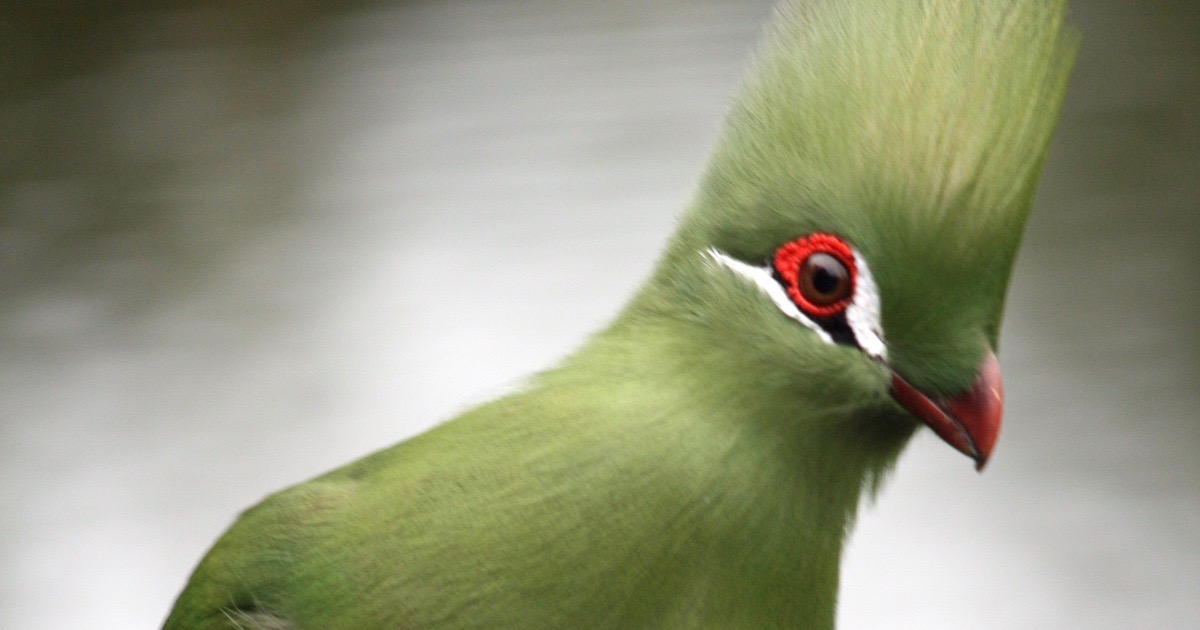 Evolution
Evolution
 Paleontology
Paleontology
Fossil Turaco Is Yet Another Failed Biogeographical Prediction for Neo-Darwinism


In a delightful article here yesterday, German paleontologist Günter Bechly documents the many absurdities that result when the Darwinian teaching on universal common ancestry runs up against a consideration of the field of biogeography.
Bechly:
[I]t is far from true that biogeography unambiguously supports common ancestry, or that patterns of biogeographic distribution always align well with the pattern of reconstructed phylogenetic branching or the supposed age of origin. Indeed, there are many tenacious problems of biogeography and paleobiogeography that do not square well with the evolutionary paradigm of common descent.
His examples include ratite birds, freshwater snails, trapdoor snails, worm-lizards, iguanas and boine snakes, and more.
Enter the Banana-Eater
Here’s another little story, “Bird family tree shaken by discovery of feathered fossil,” that discusses an additional interesting biogeographical problem for neo-Darwinism. BBC News reports:
They’re some of the strangest birds in the world, known for their bright plumage and their penchant for fruit.
The turacos, or banana-eaters, are today found only in Africa, living in forests and savannah.
But now scientists have found the earliest known fossil of this bird group not in the Old World but in NORTH AMERICA — aged 52 million years!
Why Does That Matter?
It matters because at 52 million years ago, North America was completely separated from Africa by thousands of kilometers, with no land bridges in sight. See here for an idea of how the world is thought to have looked at this time.
Presumably they will just conclude that birds can get around due to their ability to fly great distances, and thus they can avoid another embarrassing appeal to monkeys and other animals “rafting” across the open Atlantic Ocean to solve this problem. But it’s still a further failed biogeographical prediction for neo-Darwinism.
The technical paper in BMC Evolutionary Biology, “A North American stem turaco, and the complex biogeographic history of modern birds,” by Daniel J. Field and Allison Y. Hsiang, is open access and can be found here.
It says:
Our analyses offer the first well-supported evidence for a stem musophagid (and therefore a useful fossil calibration for avian molecular divergence analyses), and reveal surprising new information on the early morphology and biogeography of this clade.
Where Is the Surprise?
The “new information” is “surprising” only if you rigidly insist on universal common ancestry where species are predicted to exist only in geographical locations that are easily reachable from where you think they originally evolved.
Evolutionists love to boast about the predictive power of their theory. But the paper states:
When informative branch length data are incorporated, the fossil record provides indispensable data on evolutionary and biogeographic history, leading to reconstructions that may be unexpected when one considers extant data alone.
In other words, ancient or fossil biogeographic locations of species don’t necessarily accord with modern day biogeographic locations of species. So on what basis can evolutionary theory make biogeographical predictions?
Photo: A turaco, aka banana-eater, by Ian Wilson [CC BY 2.0], via Wikimedia Commons.
Editor’s note: This post has been updated.
